Certification: CE, RoHS, ISO9001
Voltage: 200V-220V
Trademark: OEM
Transport Package: Export Carton
Origin: China
HS Code: 8539319100
Certification: CE, RoHS, ISO9001
Voltage: 200V-220V
Trademark: OEM
Transport Package: Export Carton
Origin: China
HS Code: 8539319100
Product Description
Energy Saving Lamp U type Spiral Louts 3W-100W
Warranty: 1Â years
Lifespan: >10000hrs
Safety assurance: CE, RoHS, SAA, MEPS
Â
Advantages
1. Factory -Â competitive price
2. Strict raw material inspection
3.100% aging line testing
4. On-site quality inspection stages
5. Quality inspection in random before shipping
6. Many years OEM experience
Photos
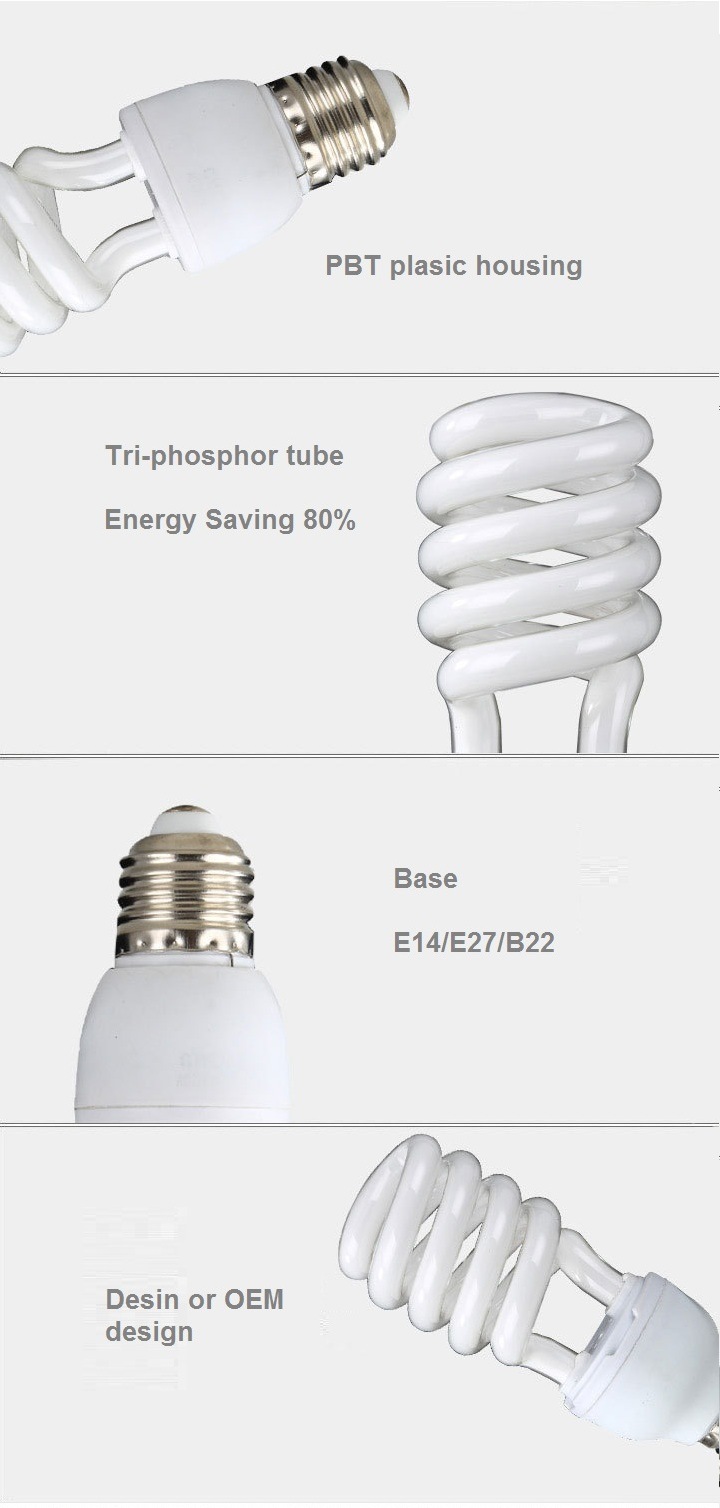
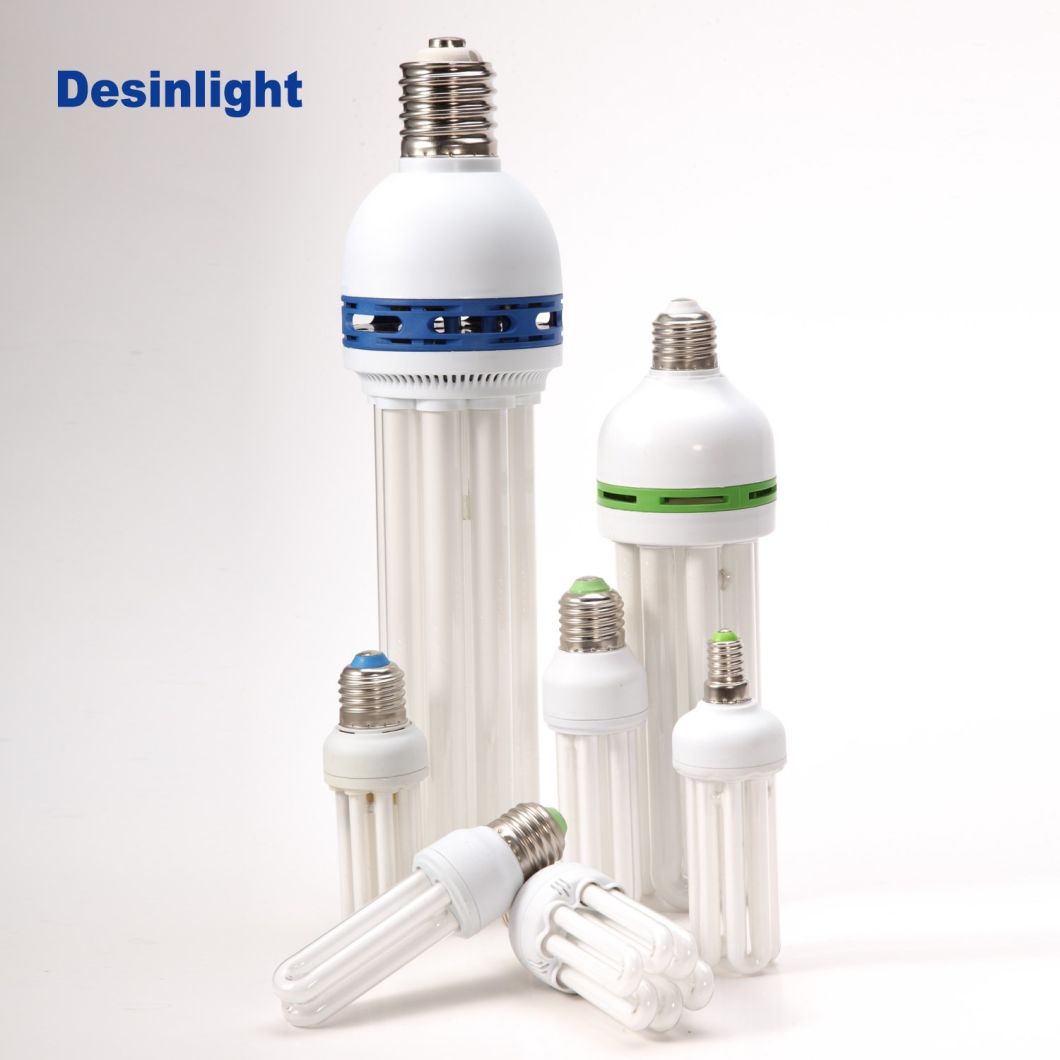
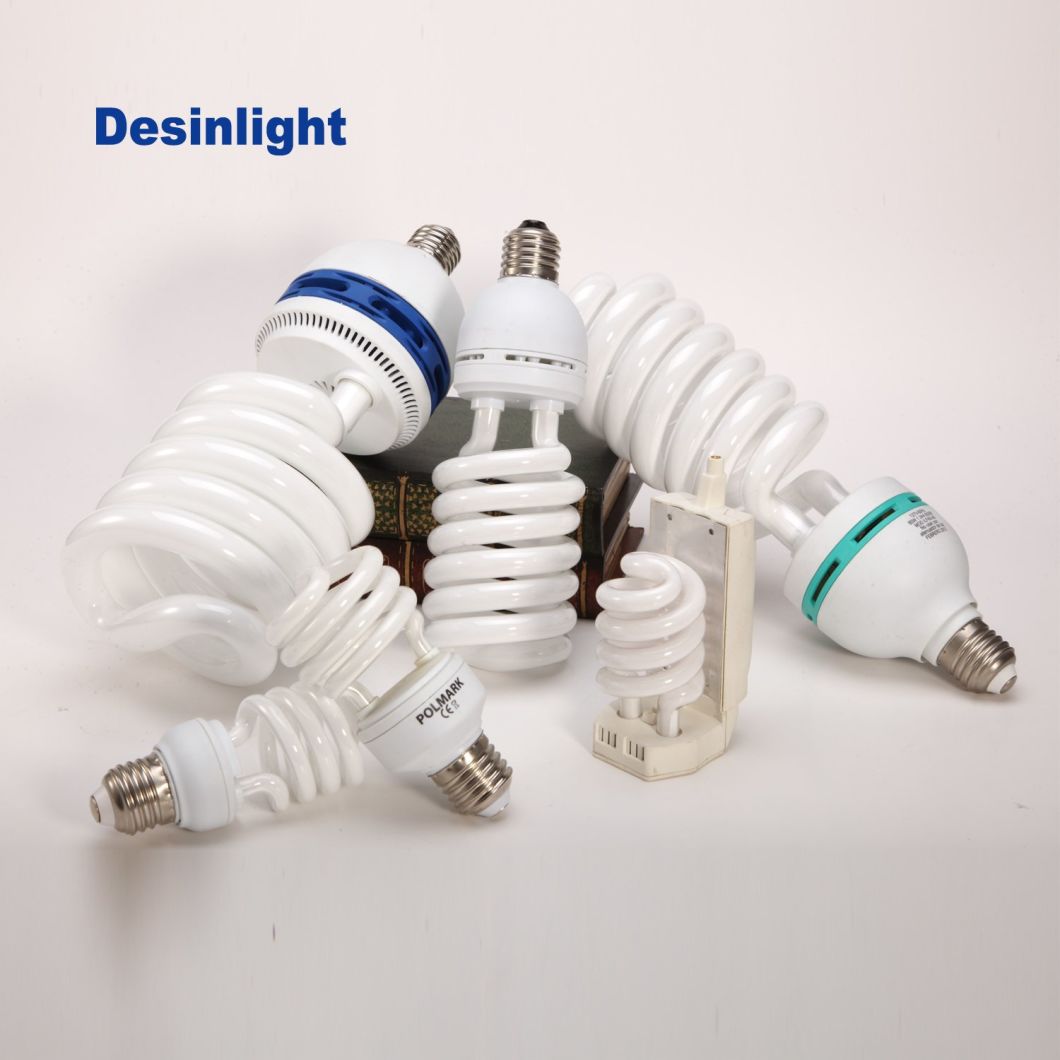
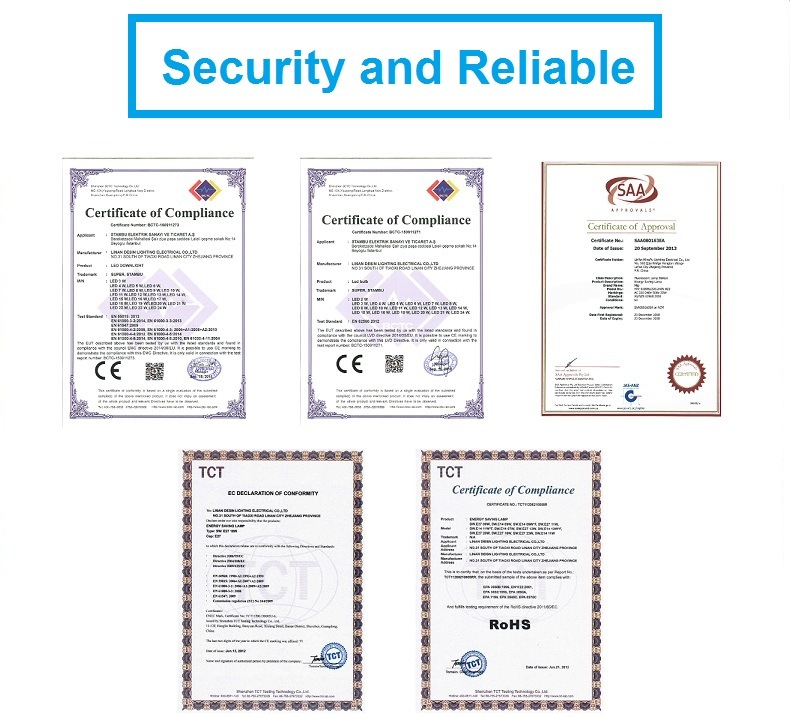
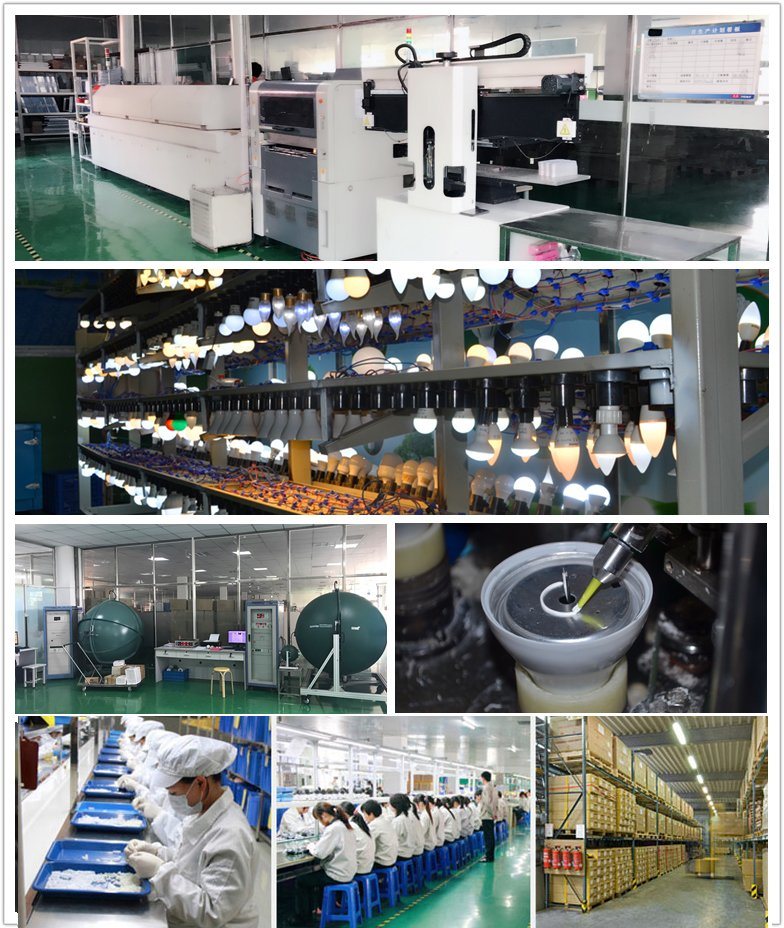
Contact:Â
Warranty: 1Â years
Lifespan: >10000hrs
Safety assurance: CE, RoHS, SAA, MEPS
Â
Advantages
1. Factory -Â competitive price
2. Strict raw material inspection
3.100% aging line testing
4. On-site quality inspection stages
5. Quality inspection in random before shipping
6. Many years OEM experience
Photos





Contact:Â
LEVIS
MOBIL:+86 139 5805 4883
MOBIL:+86 139 5805 4883
Â
 FAQ
Q1.Are you manufacturer or Trade Company?
We are a professional manufacturer of led bulb,led tube,led panel and energy saving lights.
Q2. What terms of payment you use?
TT,LC and Western union
Q3.How do you offer samples?
We offer free samples in certain quantity and delivery within 5-7 working days.
Q4. What's the order process?
a. Inquiry---provide us all clear requirements.
b. Quotation---official quotation form with all clear specifications.
c. Printing file--- PDF, Ai, CDR, PSD, the picture resolution must be at least 300 dpi.
d. Sample confirmation---digital sample, blank sample without printing or hardcopy.
e. Payment terms--- TT 30% in advanced, balanced before shipment.
f. Production---mass production
g. Shipping--- by sea, air or courier. Detailed picture of package will be provided.
Q5.What is your delivery time?
Sample order: 5-7 working days
Mass order:Â Â 20-25 working days after 30% deposit received.
Q6.What is your MOQ?
For this model, usually our MOQ is 3000pcs, but we also accept sample order for trial.
Q7.Can your factory make the lights based on customers' design?
Yes, we offer OEM and ODM service, we have professional engineers for R&D.
 FAQ
Q1.Are you manufacturer or Trade Company?
We are a professional manufacturer of led bulb,led tube,led panel and energy saving lights.
Q2. What terms of payment you use?
TT,LC and Western union
Q3.How do you offer samples?
We offer free samples in certain quantity and delivery within 5-7 working days.
Q4. What's the order process?
a. Inquiry---provide us all clear requirements.
b. Quotation---official quotation form with all clear specifications.
c. Printing file--- PDF, Ai, CDR, PSD, the picture resolution must be at least 300 dpi.
d. Sample confirmation---digital sample, blank sample without printing or hardcopy.
e. Payment terms--- TT 30% in advanced, balanced before shipment.
f. Production---mass production
g. Shipping--- by sea, air or courier. Detailed picture of package will be provided.
Q5.What is your delivery time?
Sample order: 5-7 working days
Mass order:Â Â 20-25 working days after 30% deposit received.
Q6.What is your MOQ?
For this model, usually our MOQ is 3000pcs, but we also accept sample order for trial.
Q7.Can your factory make the lights based on customers' design?
Yes, we offer OEM and ODM service, we have professional engineers for R&D.
Product Description
Energy Saving Lamp U type Spiral Louts 3W-100W
Warranty: 1Â years
Lifespan: >10000hrs
Safety assurance: CE, RoHS, SAA, MEPS
Â
Advantages
1. Factory -Â competitive price
2. Strict raw material inspection
3.100% aging line testing
4. On-site quality inspection stages
5. Quality inspection in random before shipping
6. Many years OEM experience
Photos





Contact:Â
Warranty: 1Â years
Lifespan: >10000hrs
Safety assurance: CE, RoHS, SAA, MEPS
Â
Advantages
1. Factory -Â competitive price
2. Strict raw material inspection
3.100% aging line testing
4. On-site quality inspection stages
5. Quality inspection in random before shipping
6. Many years OEM experience
Photos





Contact:Â
LEVIS
MOBIL:+86 139 5805 4883
MOBIL:+86 139 5805 4883
Â
 FAQ
Q1.Are you manufacturer or Trade Company?
We are a professional manufacturer of led bulb,led tube,led panel and energy saving lights.
Q2. What terms of payment you use?
TT,LC and Western union
Q3.How do you offer samples?
We offer free samples in certain quantity and delivery within 5-7 working days.
Q4. What's the order process?
a. Inquiry---provide us all clear requirements.
b. Quotation---official quotation form with all clear specifications.
c. Printing file--- PDF, Ai, CDR, PSD, the picture resolution must be at least 300 dpi.
d. Sample confirmation---digital sample, blank sample without printing or hardcopy.
e. Payment terms--- TT 30% in advanced, balanced before shipment.
f. Production---mass production
g. Shipping--- by sea, air or courier. Detailed picture of package will be provided.
Q5.What is your delivery time?
Sample order: 5-7 working days
Mass order:Â Â 20-25 working days after 30% deposit received.
Q6.What is your MOQ?
For this model, usually our MOQ is 3000pcs, but we also accept sample order for trial.
Q7.Can your factory make the lights based on customers' design?
Yes, we offer OEM and ODM service, we have professional engineers for R&D.
 FAQ
Q1.Are you manufacturer or Trade Company?
We are a professional manufacturer of led bulb,led tube,led panel and energy saving lights.
Q2. What terms of payment you use?
TT,LC and Western union
Q3.How do you offer samples?
We offer free samples in certain quantity and delivery within 5-7 working days.
Q4. What's the order process?
a. Inquiry---provide us all clear requirements.
b. Quotation---official quotation form with all clear specifications.
c. Printing file--- PDF, Ai, CDR, PSD, the picture resolution must be at least 300 dpi.
d. Sample confirmation---digital sample, blank sample without printing or hardcopy.
e. Payment terms--- TT 30% in advanced, balanced before shipment.
f. Production---mass production
g. Shipping--- by sea, air or courier. Detailed picture of package will be provided.
Q5.What is your delivery time?
Sample order: 5-7 working days
Mass order:Â Â 20-25 working days after 30% deposit received.
Q6.What is your MOQ?
For this model, usually our MOQ is 3000pcs, but we also accept sample order for trial.
Q7.Can your factory make the lights based on customers' design?
Yes, we offer OEM and ODM service, we have professional engineers for R&D.
- The Description of 3G 4G LTE/5G Antenna
-
2G base station: GSM: 900/1800MHz; CDMA: 800 MHZ;
3G base station: CDMA2000&WCDMA: 2100MHz; Td-scdma: 1880-1920201 0 0-2025232-2370 MHZ;
4G base station: TDD-LTE: 2320-2370,2570-2620MHz; -
This paper discusses the key technologies in 3G/4G/5G (third generation/fourth generation/fifth generation) communication systems, and then discusses the differences in the antenna technologies adopted by them. After reading and studying a large number of papers on the key technologies of 3G/4G/5G communication system, here I make some analysis and summary of my own. With the rapid development of science and technology, mobile communication technology has undergone profound changes, from 1G to 2G, to 3G, and then to 4G and 5G. On December 4, 2013, the fourth generation of mobile communication 4G technology was officially operated in the Chinese market, which means that China's mobile communication industry has entered the 4G era. At this time, research institutes in various countries and world-renowned enterprises engaged in communication technology research have entered the research and development of the new generation of mobile communications, namely 5G (fifth generation mobile communication system). No matter which generation of communication system, the research technology is to analyze the characteristics of wireless communication channel to overcome the noise interference. A lot of researchers are now looking at Massive MIMO technology. How is it different from the antenna technology used in 3G/4G communication systems? Will it become the core technology of the next generation of wireless communications? 1 Key technologies of 3G/4G/5G Communication System 1.1 Key technologies of 3G Communication System Since the early 1990s, the mobile communication industry began to actively study the standards and technologies of the third generation of mobile communication. In January 2009, China's Ministry of Industry and Information Technology issued 3G licenses to China Mobile, China Telecom and China Unicom, indicating that China entered the ERA of 3G mobile communications. The third generation mobile communication system mainly includes WCDMA, CD-MA2000 and TD-SCDMA. Its key technologies include: A. Rake receiving technology; B. Channel coding and decoding technology; C. Power control technology; D. Multi-user detection technology; E. Smart antenna; F. Software radio. 1.2 Key technologies of 4G Communication System In December 2013, China officially entered the era of 4G (fourth generation mobile communication system) communication network. In 4G mobile communication system, OFDM(Orthogonal frequency Division multiplexing) technology is adopted. OFDM technology is due to its spectrum utilization
3G antenna _5G antenna _14 years antenna manufacturer _ Feiyuxin
14 years focus on antenna research and development, production, sales, 30,000 strength of the factory, 600 people production capacity, the main sucker antenna, glass fiber reinforced plastic antenna view details & GT;
It is widely regarded as high rate of 2 and good anti-multipath fading performance. In the future, RESEARCH related to OFDM technology will also be carried out in 5G communication networks. The main key technologies of 4G communication system include: a. OFDM technology; B. MIMO technology; C. Multi-user detection technology; D. Software radio; E. Smart antenna technology; F. IPv6 technology. China's Ministry of Industry and Information Technology has just issued 4G licenses to the three major operators, and they are still deploying their networks on a large scale with a small number of users. At this time, China Mobile said it will start the RESEARCH and development of 5G communication system. Analysts pointed out that the three major operators are participating in THE RESEARCH and development of 5G, one is to keep up with the changes of The Times, and the other is that the demand is faster than the technology development. Li Zhengmao, vice-president of China Mobile, said at the 2014 MWC in Barcelona: "China Mobile will fully support the development of 5G projects, hoping to lead the industry in THE development of 5G technology and the setting of technical standards." With the deepening of mobile communication technology research, the key support technologies of 5G will be gradually defined and enter the substantive standardization research and formulation stage in the next few years. The jury is still out on what core technologies will be used in the future. However, I have compiled a list of nine key technologies that have been the focus of discussion in various high-end mobile forums. A. Large-scale MIMO technology; B. Filter bank based multi-carrier technology; C. Full duplex technology; D. Ultra-dense heterogeneous network technology; E. Self-organizing network technology; F. Use of high frequency band; G. Software-defined wireless networks; H. Wireless access technology: (1) BDMA (Beam Split multiple Access technology)
5G antenna high-gain antenna [strength team customized on demand]
Yunwei Technology professional provide 5G antenna array antenna microstrip antenna fiberglass antenna Bluetooth antenna uWB antenna car view details & GT;
3 (2) NOMA (Non-orthogonal multiple Access technology) i. D2D (device-to-device) communication. Figure 1 is the layout of Massive MIMO antennas in 5G communication networks. I am studying Massive MIMO technology in my lab. Figure 1 shows users communicating with each other centered on a large-scale antenna. The performance of wireless communication systems is mainly restricted by mobile wireless channels. Wireless channel is very complex, and its modeling has always been a difficult point in system design. Generally, statistics are made according to the measured values of communication systems in specific frequency bands. Wireless fading channel is divided into large scale fading channel model and small scale fading channel model. The so-called large-scale fading model describes the field intensity variation over a long distance (hundreds or thousands of meters) between the transmitter and receiver, and reflects the rule that the received signal power changes with the distance caused by path loss and shadow effect. A small scale fading model describes the rapid fluctuations of the received field intensity over a short distance or time. The large scale fading channel model is caused by the influence of the surface contour (such as mountains, forests, buildings, etc.) between the receiver and the source. The small-scale fading channel model is caused by the multipath effect and doppler effect. If there are a large number of reflected paths but no LOS (direct signal) signal component, the small-scale fading is called Rayleigh fading, and the envelope of the received signal is described statistically by the Rayleigh probability density function. If LOS is present, the envelope is subject to Rician distribution. Multipath effect phenomena cause flat fading and frequency selective fading.
The Picture of 3G 4G LTE/5G Antenna
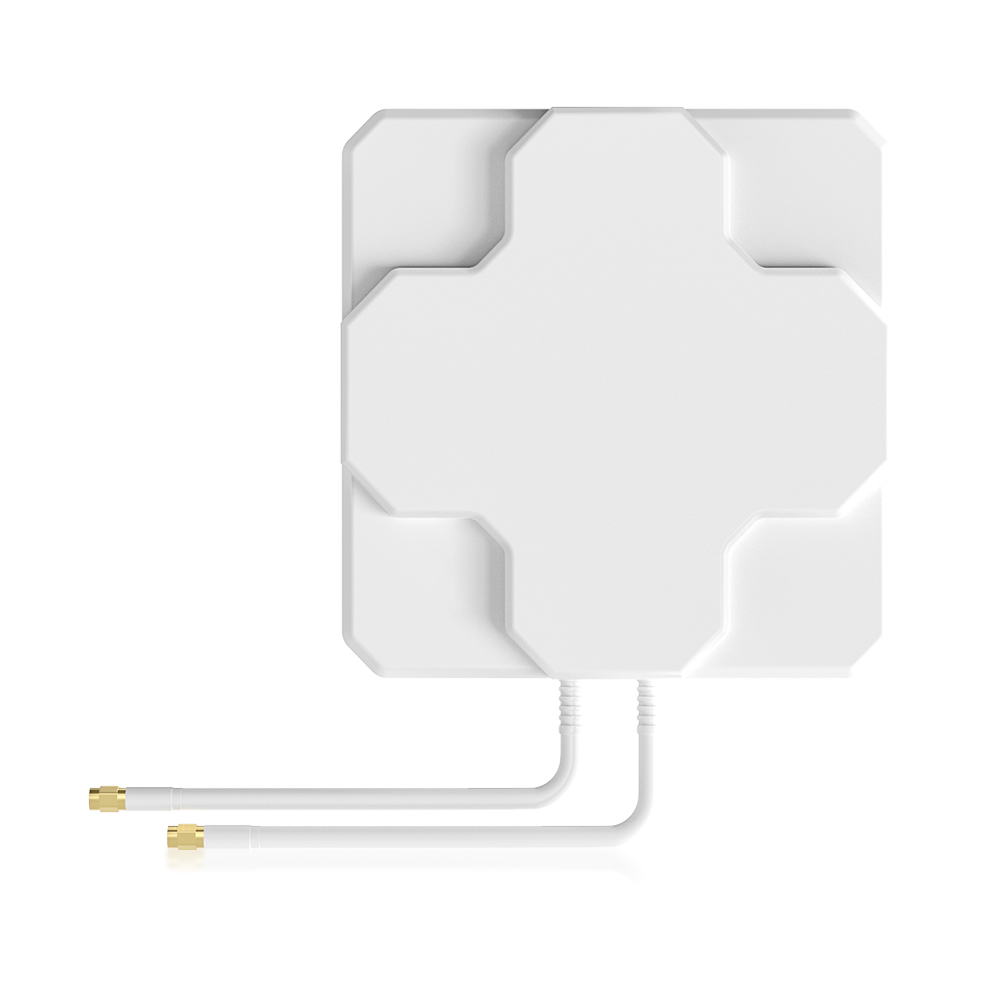
4g lte antenna,antenna 4g lte,gps 4g lte antenna,5g lte pcb antenna
Yetnorson Antenna Co., Ltd. , https://www.yetnorson.com